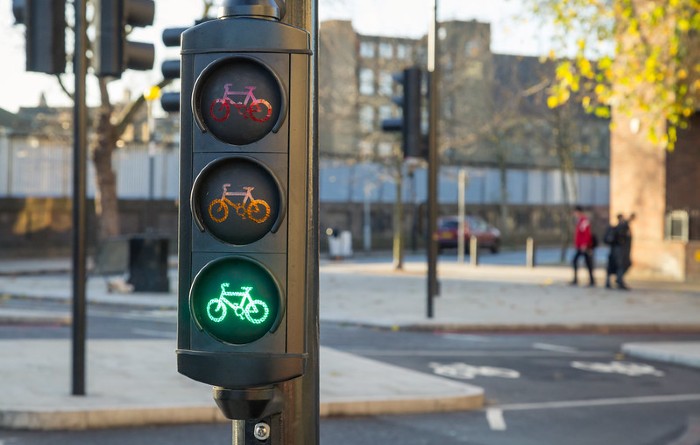Will ULEZ expansion help bolster cycle numbers?
Today (29 August 2023) marks a significant expansion of London’s ULEZ – Ultra low emission zone – to include all of London’s boroughs, operating 24 hours a day, seven days a week, every day of the year, except Christmas Day.
First introduced in central London in April 2019, setting the ‘toughest emission standards‘ of any world city, the progress of ULEZ up to – in some boroughs – the borders of the M25, has seen some push back from vocal opponents. However, High Court challenges have failed to halt the expansion.
Transport for London (TfL) has offered a £2,000 scrappage scheme for residents (and some busineses) who’s cars will be sufficiently polluting to be affected by ULEZ. As detailed previously, the scrappage scheme is available to incentivise Londoners to switch to eBikes and cargo bikes and bikes (here’s another link to Fully Charged’s explainer).
At July end, 204 small businesses had their scrappage applications approved, with £1,450,000 committed.
Major of London Sadiq Khan has acknowledged resistance, calling the ULEZ expansion a “difficult but necessary decision because of the damage air pollution is doing to Londoners’ health.
“Air pollution in London is an urgent health crisis, responsible for around 4,000 premature deaths in the capital each year and is leading children to grow up with stunted lungs and adults to develop a whole host of illnesses – from asthma to heart disease, cancer and dementia.”
TfL revealed that the introduction of ULEZ in central London in 2019 and the inner London expansion to all areas within the North and South Circular roads in 2021, have already successfully boosted air quality. TfL data showed that nitrogen dioxide (NO2) concentrations are estimated to be 46% lower than they would have been in central London without the ULEZ and 21 % in inner London.
The London-wide expansion is expected to reduce nitrogen oxides emissions (NOx) from cars in outer London by 10% and reduce PM2.5 car exhaust emissions in outer London by nearly 16%.
PIC CREDIT – TfL



